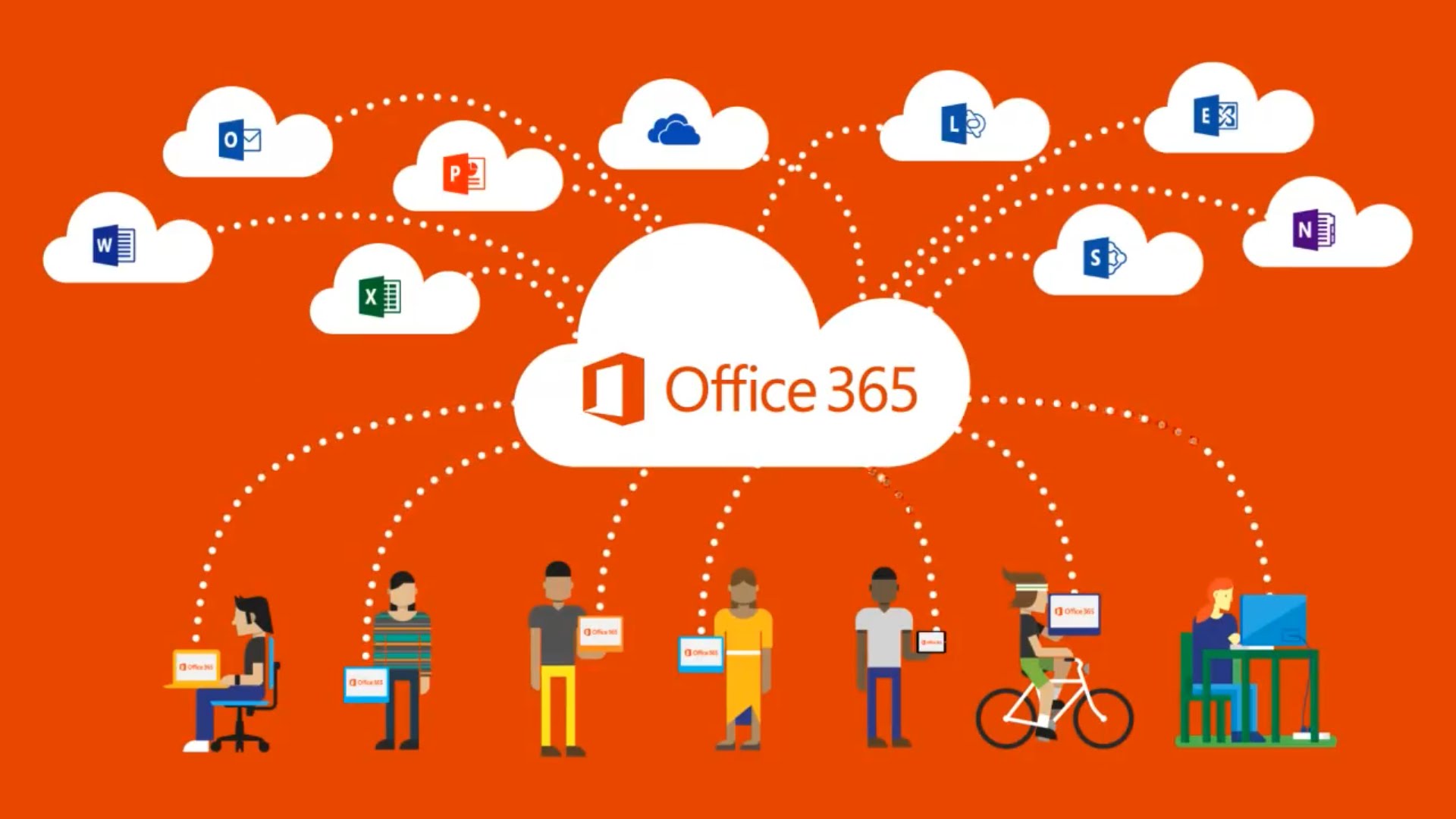There are quite a number of migration methods for Office 365 that customers can employ. A wide range of factors can affect the choice of migration methods, such as the amount of data to moved to Office 365, the number of objects involved in the migration, the version of Exchange Server running on-premises, co-existence requirements or long-term migration. Whether non-Exchange email servers are used by the organization or the available fund needed to enhance the migration project, all these determine the choice of a migration method. These migration methods include:
Staged migration
IMAP migration
Cutover migration
Hybrid Migration
Third party migration tools
The best starting point is from the business requirement of the migration project which should include factors such as the ability of some email resources to remain on-premises, the ability to complete the migration within a particular time frame or the importance for a back-out option for the migration. It is important to note that each migration method comes with different constraints and benefits which may not fit into the business requirements of the project.
The technical requirements are very essential items to consider when opting for a migration. These can eliminate some of the migration methods so quickly which can allow for the zeroing in on some of the approaches that can possibly be used. So it is very important to make proper decision on the most appropriate method that suits the available technical requirements.
For cutover migrations, Microsoft clearly states the threshold on 2000 mailboxes for cutover migrations. However, this does not mean that only a cutover migration of 2000 mailboxes should be considered for organizations with 2000 mailboxes. A cutover migration may be too complex and risky for an organization due to the logistics it requires to handle an outage for a plethora of users, as wells as the needed support for reconfiguring mobile devices and Outlook profiles after the cutover.
Due to the fact that 2000 mailbox is placed as the limit, it does not imply that a cutover migration should be automatically chosen by organizations with less than 2000 mailboxes. Instead, Hybrid migration should be considered for organizations that are larger than 150 mailboxes.
The options available for an Exchange Server 2003/2007 when it is not desirable or possible to do a cutover migration as staged and hybrid migrations. A migration to Exchange Server 2010 is required for an Exchange Server 2003. At least one Exchange Server 2010 or 2013 is required to be installed for an Exchange Server 2010 in the organization so as to provide the needed hybrid functionality. Note that the migration options will be limited to third party tools if directory synchronization is not implemented.
Strong consideration should be given to hybrid instead of cutover or staged migration for Exchange Server 2010 and 2013 since they are capable of undertaking hybrid configuration with Office 354. Although, it seems to be the most complicated migration option, however, it is the most effective as it presents the best user experience.
Hybrid configurations absolutely depend on directory synchronization. Choices will be limited to third party migration tools if for some reasons directory synchronization cannot be implemented.
Neither Staged, nor cutover, nor hybrid options can be employed by businesses using non-Exchange email platforms. Instead, Microsoft suggests that such businesses should go for the IMAP migration option to move their mailboxes to Office 365. However, a third party migration tool can be employed as an alternative.
For more information on how to understand and choose the best options for migration to Office 365, visit Syntax IT Support London

